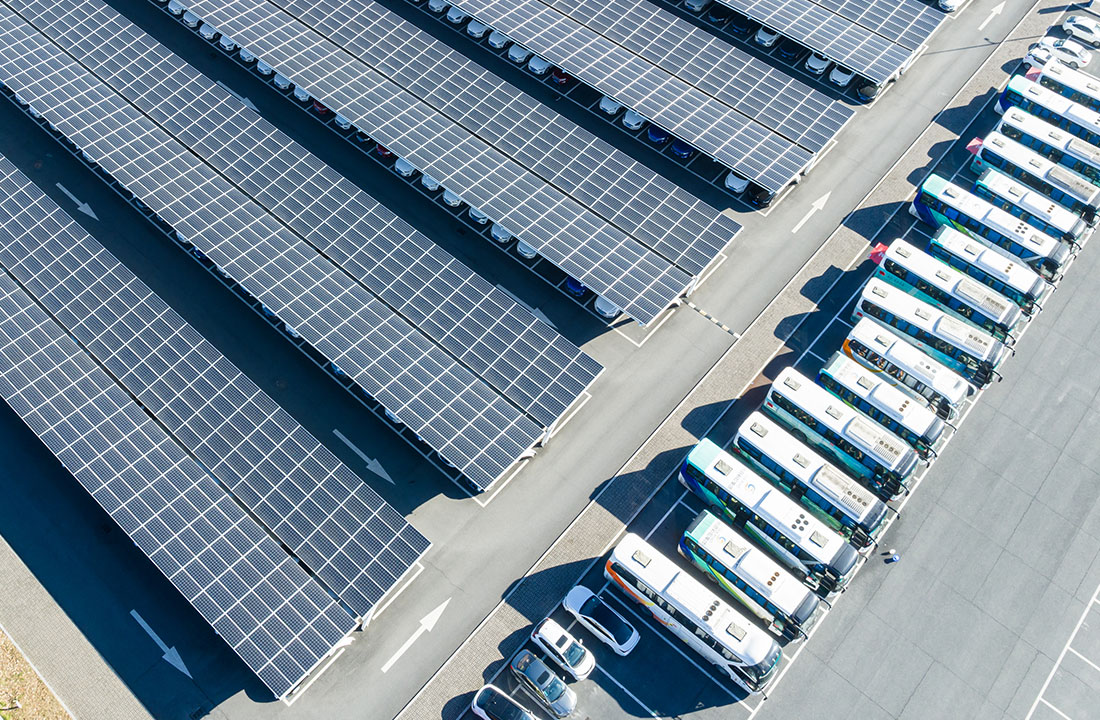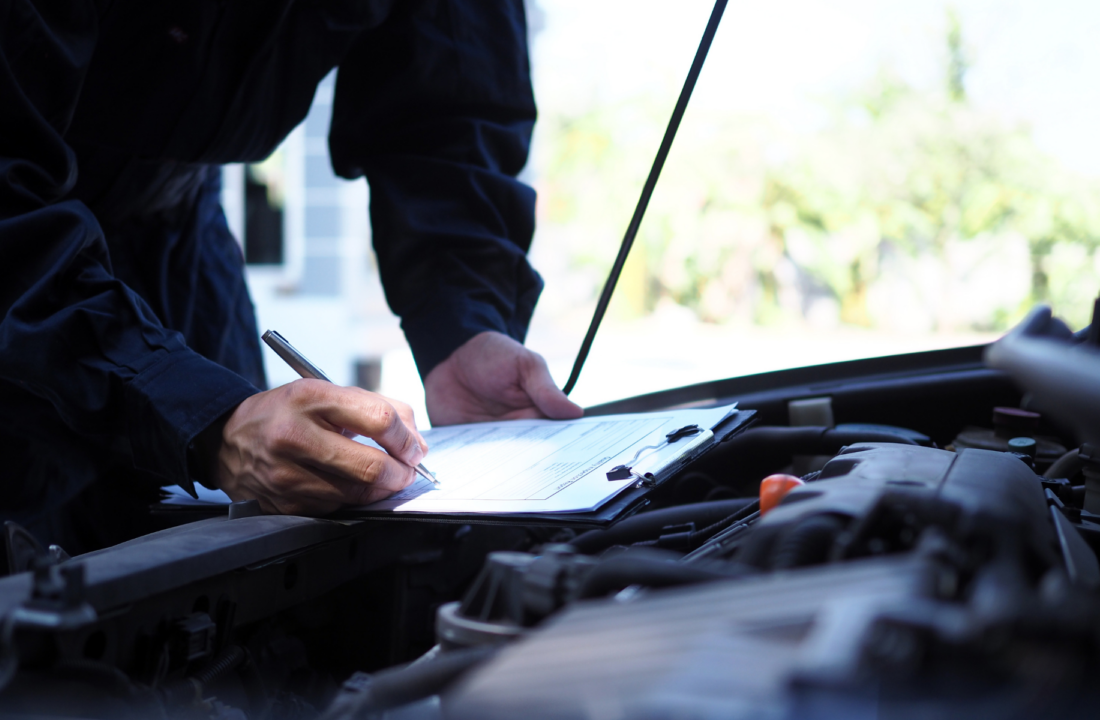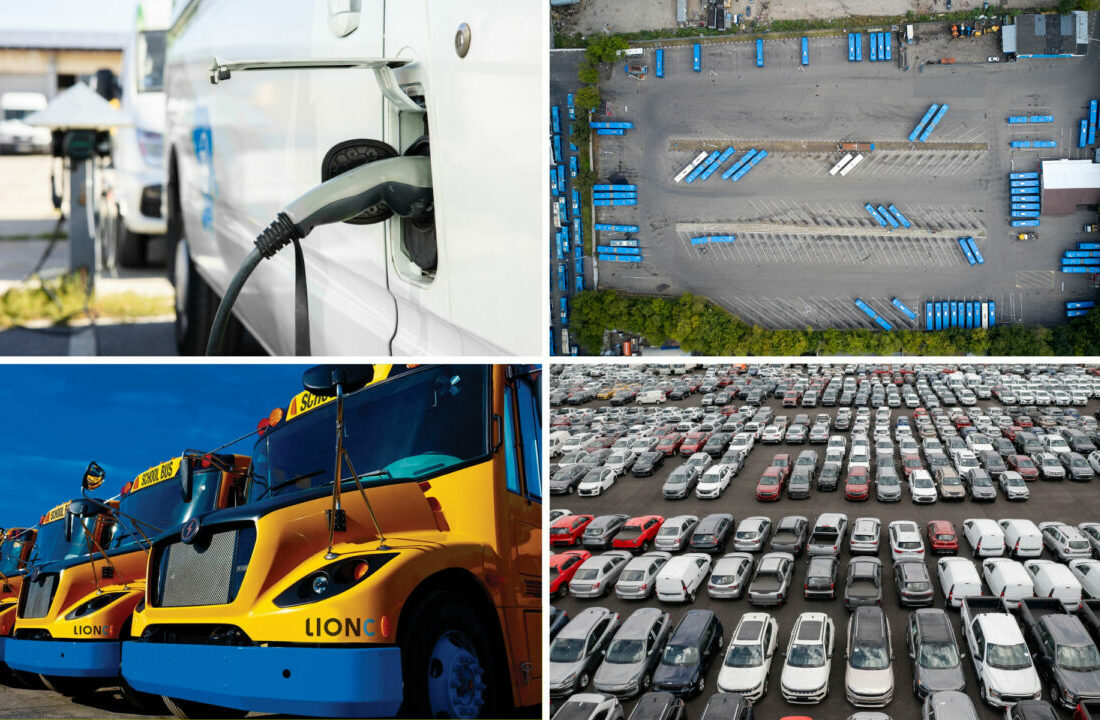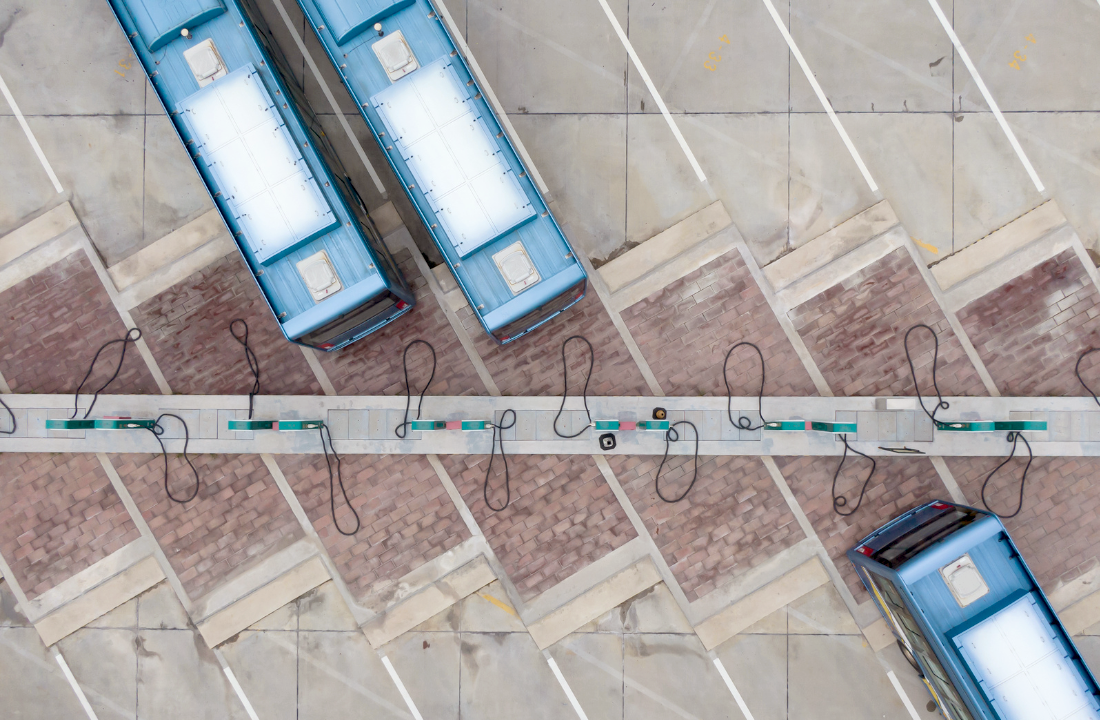
In the transition to electric vehicles, fleets are faced with understanding something new: standards for EV charging. In this episode we take a look at why standards matter, how they can impact fleets, and which ones to be aware of, with insights from standards expert Brent Hartman, Director of Fuels and Transportation Standards at the Canadian Standards Alliance, and EV charging expert Ned Funnell, Charging Solution Architect with Electrada.
Standards we touch on in this video include:
For a comprehensive overview of EV charging standards for fleets including a helpful reference list of standards with descriptions and recommendations for standards compliance, download our whitepaper.
Daniel Hilson: The BetterFleet Academy provides fleet operators with everything they need to know about moving to an electric and hydrogen fleet. We look at issues in detail helped by thought leaders and our own staff here at EVenergi and BetterFleet.
Holly Montalban: In the transition to electric vehicles, fleets are faced with understanding something new: standards for EV charging. Let’s take a closer look at charging standards, with insights from standards expert Brent Hartman, Director of Fuels and Transportation Standards at the Canadian Standards Alliance, and EV charging expert Ned Funnell, Charging Solution Architect with Electrada where he runs their charging test lab.
Why is it important to have standards in this industry?
Brent Hartman: So for newer technologies like electric vehicles, standards are really critical because they’re a tool to protect consumers and they’re a tool to protect workers obviously from injury and they also help mitigate property damage so once again they do this by helping address different barriers, could be safety risks, could be interoperability of products, or it could be just validation of performance. I think it’s particularly important for EVs where there’s really potential disruption in existing regulatory frameworks and consumer behaviors.
How can the decision to choose or not choose standardized technology impact a fleet?
Brent Hartman: Thinking about standards when you’re thinking about the technology you’re choosing where there are standards you have this common language or a requirement that a standard can be used to help ensure interoperability, safety, compatibility of systems and when you have those things it does help reduce any technical or financial risks associated with the new technology. So standards can really play that key role in building that consumer acceptance and in some cases even helping with regulatory approvals for new technologies. So once again for you know a new technology like electric vehicles you do have a lot of approvals for demonstrations or early stage deployments where you can benefit from standards because it will provide a regulator or another authority that has to approve your project it gives them requirements that they can base their decision on for you know whether the project’s going to go forward or whether installation is approved so without those minimum requirements through standardization your demonstration or deployment for an emerging technology can very easily be delayed as the regulator has to determine what are the requirements or maybe they have to set their own requirements which are going to take time which ultimately all these delays will just lead to delays in the final approval of your installation.
Ned Funnell: With standardization in fleet electrification I think we all agree that it’s really important to have compliance to standards as this industry is growing so quickly and I think there’s been a lot of great work done out there to ensure compliance to standards groups like CharIN and OCA Open Charge Alliance that publishes OCPP spec have been working hard to try and make sure that in this rapid growth that’s occurring in the industry that everyone’s got all the support they need to put out vehicle chargers software systems that are compliant with all the various specifications. We’ve seen pretty good improvement here in the Electrada charge lab with the hardware that we bring in and the software platforms that we work with, good performance with folks hitting the specifications but not universal. I know there are a lot of folks that they want to sell you a charger they want to get it on their cloud and they got their own unique thing and it’s not running on one of the standards or if it is it’s some kind of adjusted or modified version of it and that can be good in certain situations but it really locks in on that one provider and so insisting on chargers that speak OCPP to the cloud system is going to be probably a wise decision.
How are the standards evolving?
Brent Hartman: One trend that we’re seeing at this inflection point here is sort of the systems-based approach. Now that there’s more on the road, how can EVs be really part of an energy management solution and not an energy demand problem, right? We want them to help manage energy so we’ve been starting to try to understand how the electrical grid will interface with the charger how that will interact with the vehicle battery you know the reverse how to send power from a vehicle battery out to the grid because we know EVs can help store energy they can help manage energy demand on the grid they can maybe even power homes, so that that’s one of the trends kind of looking at the systems approach and what needs to be addressed there, thinking about now the customer experience and how we can support scale up how do you retain those early adapters and how do you gain new customers through standardization and helping the customer experience.
What are some key standards to be aware of on the hardware side?
Ned Funnell: This is a CCS connector you can see we’ve got these two big pins down here, that’s how the power flows into the vehicle then up here is some of them might look a little bit familiar so if you’ve got a J plug you can see the top half of that looks just like the top half of the CCS plug, that’s because that’s what the C for C is combination charging system so takes that J plug top and as on these two pins down here so you get AC and DC in one connector if you care about CCS2 in Europe it’s basically the same thing you have these two pins that are the same only the top of it gets the Type 2 connector which is also known as J3068 in the US ’cause they have three phase it’s a little bit bigger so they get a slightly larger connector for CCS2.
NACS N-A-C-S or the Tesla connector which is this one here you can see this one’s a lot smaller you just have those two big pins up top and the way that this is different is that whether you’re AC charging or DC charging, power flows through these two pins it just gets changed up in the the vehicle of where that energy goes but it all flows over the same pin so you don’t have separate pins like you do in the CCS design there’s a lot of conversation about with NACS that transition coming how will that affect fleets, there’s a lot of uncertainty there versus CCS or J1772 J1772 is the connector specification that’s set by the SAE Society of Automotive Engineers in order to make sure that everyone’s got basically the same coupler on the vehicle side and on the charger side and it’s mandated that any EV sold in the US must be compliant with J1772.
So those standards are relevant to connectors, how about any basic hardware standards fleets should be looking out for?
Ned Funnell: Of course there’s also hardware quality standards so everyone wants to make sure that they’re not only compliant with requirements to put in nationally recognized test lab tested chargers uh that comply with UL 2202, other relevant hardware specs so for UL specs UL 2201 and UL 2594 those are safety specs that are going to be important for any chargers that are purchased and installed to comply with those validate safety related aspects of it in order to satisfy the electric code uh NEC625 requires that any charger that is going into anywhere accessible to the public be compliant with the relevance spec and that would be the UL 2202 UL 2594 for both AC and for sorry AC and DC Chargers respectively the good news is that’s going to be applicable to basically any charger that you can buy from a reputable seller is going to be compliant to those UL specs might be tested by Intertech, ETL, there’s a variety of nationally recognized test labs the circle doesn’t need to say UL in it but it does need to state it is compliant to the relevant UL specs.
How about standards covering EV charging software and communications?
Brent Hartman: There’s been growing interest in EV energy management systems and power export applications and that’s where you start to see more of this software integration and interest in integrating software into charging systems charging networks taking taking place so these standards to some degree are still emerging a little bit on the software side I mean generally speaking you could say our EV charger standards on the hardware side provide physical and electrical compatibility while software standards you can think more as providing operational interoperability and security of the EV charging network.
Ned Funnell: Big ones are OCPP and coming from OCPP 1.6 which is the current standard industry is now preparing a transition to OCPP 2.0.1 and that’s going to be a transition for everybody on the software side. For hardware that’s going to go into a fleet depot the majority of equipment that you’re going to be able to get right now is going to be OCPP 1.6 and the OCPP 2.0.1 units are just kind of coming onto the market and the good news there is that it’s backwards compatible so every charger that I’ve tested or seen that claims OCPP 2.0.1 compliance is also backwards compatible with 1.6 There is a lot of changes in the way that the data is structured and that means that the people managing the energy are going to have a lot more data to work, with they’re going to have better resiliency through the way the errors are handled, reported, the kind of data that the charging management folks can get out of it and big one is cyber security that OCPP 1.6 standard is a pretty aged standard and the 2.0.1 spec is going to give a lot more cyber security benefits versus 1.6.
Are there any other standards that should be considered if the fleet has V2G plans?
Ned Funnell: So with ISO 15118 or 15118 what that standard is is the way that a DC charger or an AC charger can talk to the vehicle in a sort of rich communication way where there’s high frequency messages going back and forth there’s if you see it on the screen it’s like computer code just flying by and that is the language that a charger can speak to a vehicle so that the vehicle can request the right amount of power so they’ll wake up talk to each other and say, “Hey I’m a charger got this many volts this many amps this many watts for you” and the car will say, “That’s great, I’m going to look for this many amps this many volts, please send it.” And all kinds of errors can be handled that way and allows rich communication between the two so DC charging has that AC charging generally only has kind of some dumb communication but we’re coming around to the upcoming availability of ISO 15118 on AC charging which allows one really important aspect for fleet managers is that when that is supported both on the level two charger side and the vehicle side for that communication to work during AC charging you can get a unique vehicle ID so that then one of the biggest frustrations of a fleet manager I don’t know which energy went to which vehicle which charge session matches to which truck that is in solved with ISO 15118 so fleet managers can be asking their vehicle OEM for ISO 15118 on AC and that will really help a lot.

Get an introduction to microgrids for EV fleets in this episode, with experts Mushtaq Ahmad, Associate Vice President at AECOM, and Max Zaporoshenko, Head of Customer Success at EVenergi.

Learn about the best practices, challenges, and advice for workforce development when transitioning to zero emission vehicles in this episode with expert James Hall.

Look into the future of zero emission vehicle fleets with experts including Paul Comfort, Alix Butler, Pamela MacDougall, Neil Gladstone, Anna Martinis, Ian Foster, and Daniel Hilson.

Exploring what fleets with electric vehicles can do to increase resiliency and plan for emergency scenarios.

Incidents of electric bus fires over the past few years have brought questions to light.